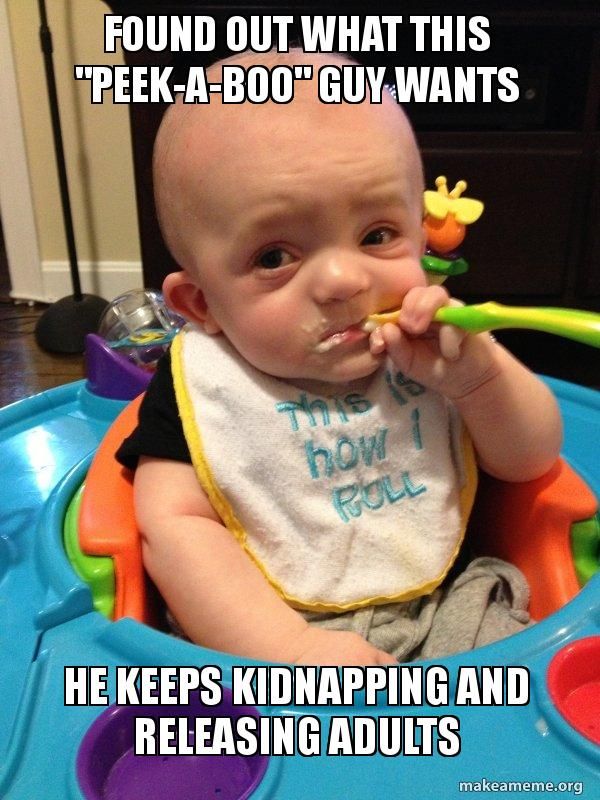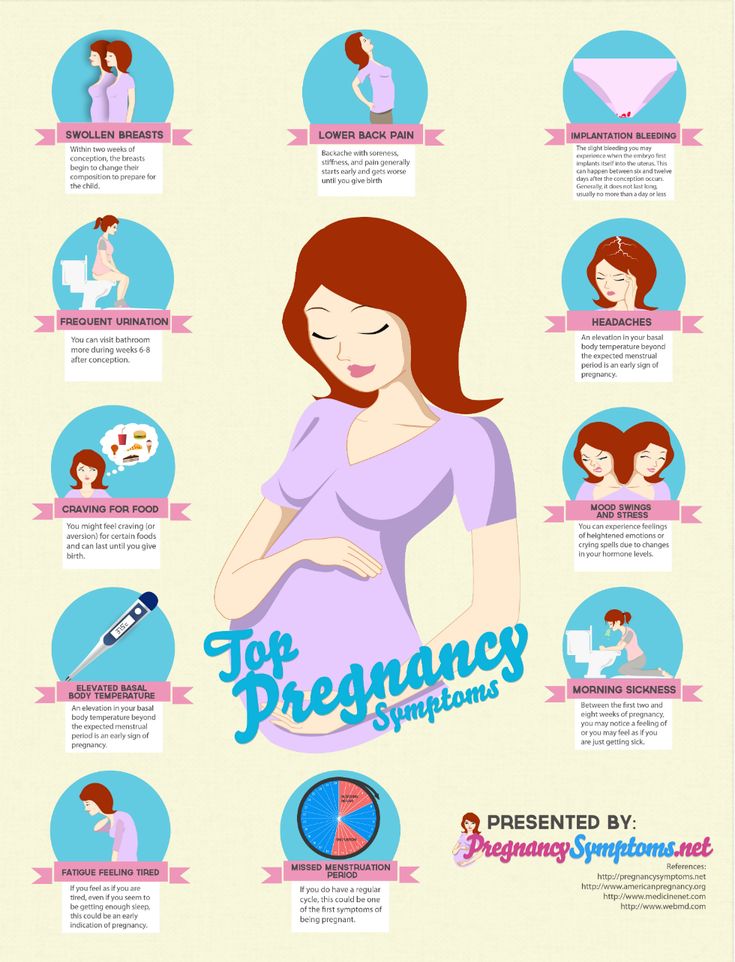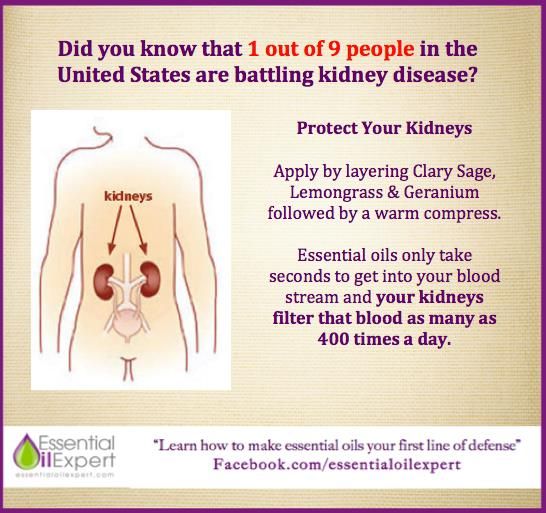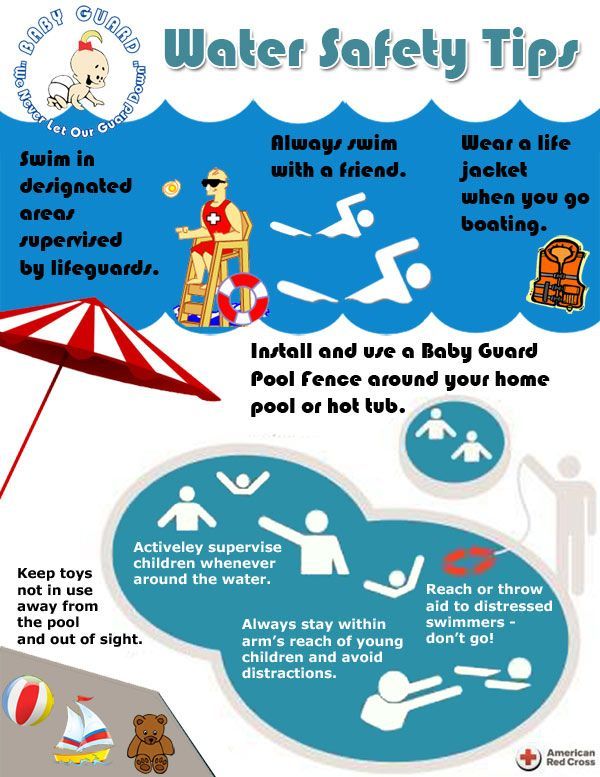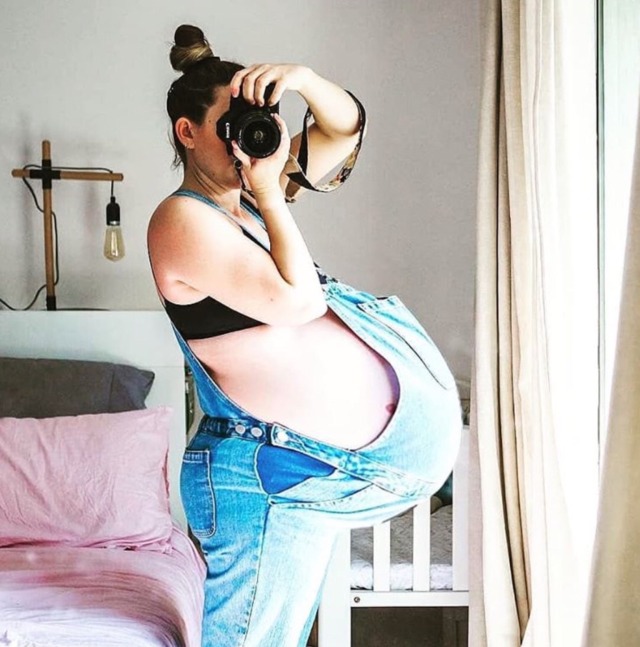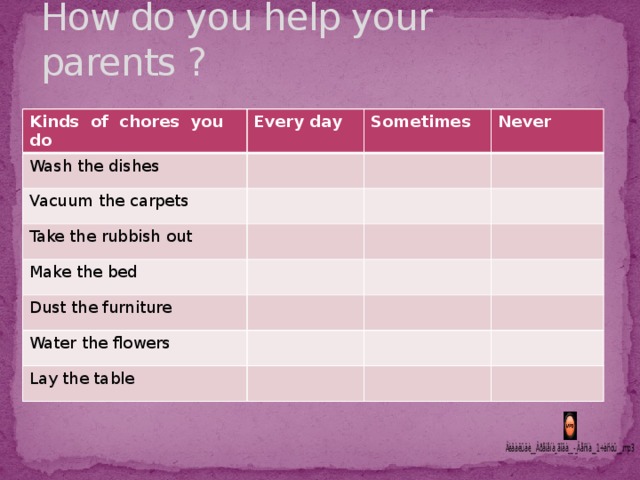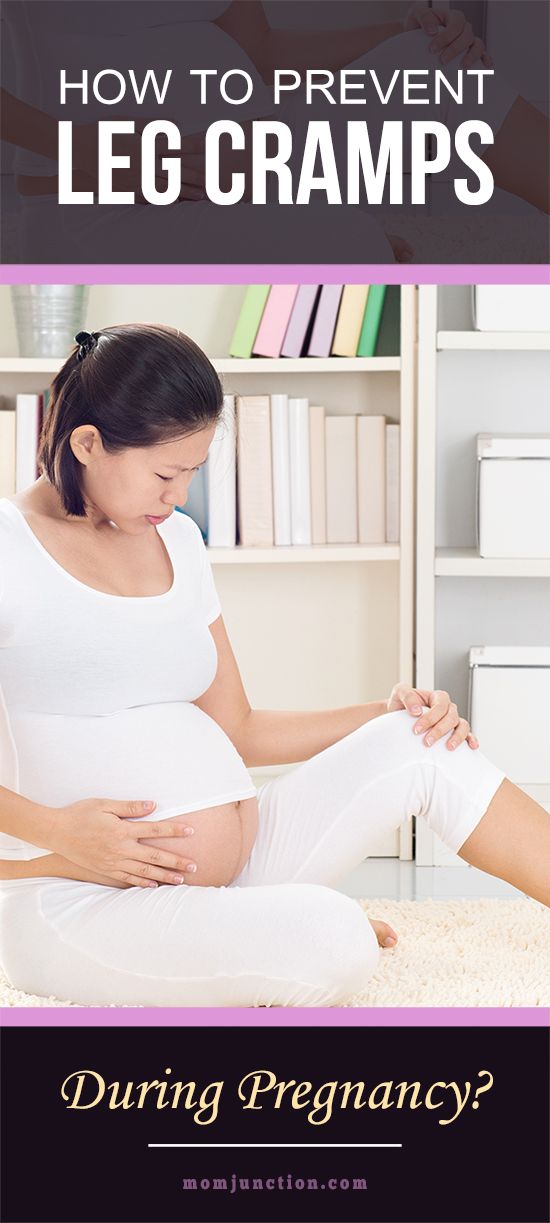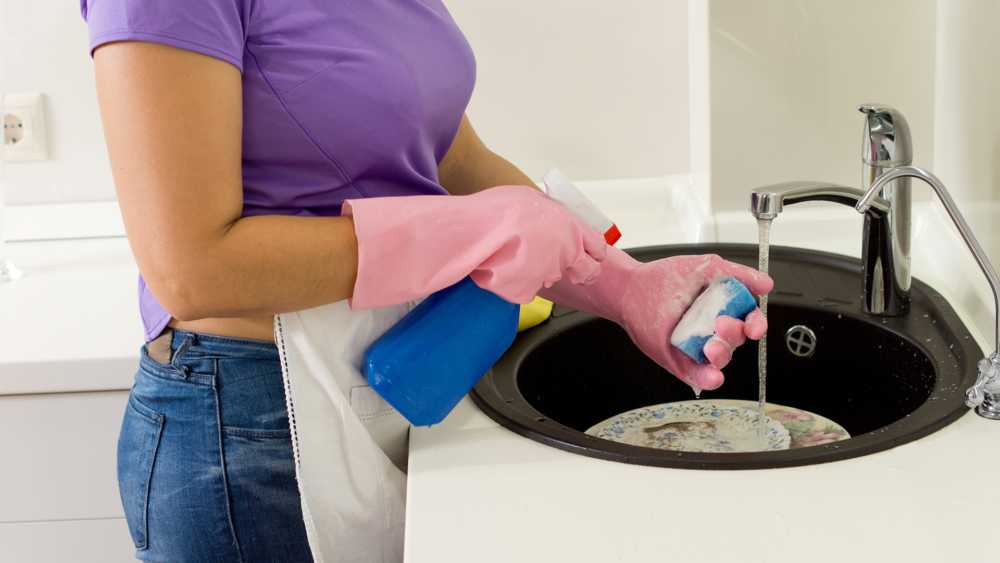Why my baby eyes watering
Baby Watering Eyes Causes and Treatments
If you discover that your child has watery eyes, it could be due to several reasons. This symptom, called epiphora, can be caused by blocked tear ducts, infections, and allergies.
The different causes of watery eyes in babies and toddlers require different treatments. Some require minimal action on the part of the parents, while other treatments include prescription medications or even surgery.
You should always see your child’s pediatrician if you’re concerned about your child’s watery eyes.
Watery eyes can be a symptom of numerous medical conditions. A likely cause of watery eyes in infants can be blocked tear ducts. These often resolve on their own.
Other causes of watery eyes in infants and toddlers include infections like conjunctivitis (pink eye) or even the common cold. Your child may even experience watery eyes from irritants or hay fever.
Blocked tear duct
Your baby may have a blocked tear duct causing watery eyes. This condition is quite common in infants, with one-third of them having the condition.
Blocked tear ducts occur when tears cannot move from the corners of the eyelids into the ducts lining your nose. This causes tears to back up in the eye. Many infants experience this because the end of the tear duct’s membrane does not open, or because the opening is too narrow at birth. The condition resolves itself in 90 percent of infants by their first birthday.
Other causes of blocked tear ducts are less common but include:
- nasal polyps
- cyst or tumor
- trauma to the eye
You may see symptoms of a blocked tear duct right after birth or within the first few months of your child’s life.
Other symptoms of a blocked tear duct include:
- pus in the eye
- crusting eyelids and eyelashes
Your child may experience an infection related to a blocked tear duct. Symptoms of the infection, called dacryocystitis, include:
- redness in the inner corner of the eye
- bump at the side of the nose that is tender or swollen
It’s important to visit a pediatrician if you suspect this condition in your infant. The symptoms associated with a blocked tear duct may rarely actually be symptoms of childhood glaucoma.
The symptoms associated with a blocked tear duct may rarely actually be symptoms of childhood glaucoma.
Common cold
Your child’s watery eyes can also be a symptom of a common cold.
Children are more susceptible to colds than adults because they’ve not built up immunity and often touch their eyes, nose, and mouth, causing more germs to spread. Your child may develop watery eyes along with other cold symptoms like a stuffed or runny nose and sneezing.
Infections
Your infant’s watery eyes may also be caused by an infection.
Conjunctivitis, also known as pink eye, may be causing the watery eyes. This can occur in children at any time. Pink eye occurs when a virus or, less commonly, bacteria get into the eye. Conjunctivitis can also be caused by irritation.
Symptoms of pink eye include:
- red eyes
- swollen eyes
- discharge of pus from the eye
Newborns are particularly at risk if they develop pink eye and it goes untreated for too long. A mother can pass on an infection to her newborn during childbirth, such as chlamydia or gonorrhea, even if she doesn’t have symptoms.
A mother can pass on an infection to her newborn during childbirth, such as chlamydia or gonorrhea, even if she doesn’t have symptoms.
If your newborn shows signs of pink eye, see a doctor immediately. The doctor will look for swelling, redness, and dilated blood vessels.
Allergies
Watery, red eyes may be a symptom of allergic conjunctivitis. Irritants like pollen, dust, and smoke can cause an allergic reaction in the eye.
Hay fever, known as allergic rhinitis, may also cause watery eyes. Other symptoms for this condition include:
- runny and/or itchy nose
- sneezing
- nasal congestion and postnasal drip
- congestion
- ear canal pressure or pain
Toddlers may experience watery eyes for many of the same reasons as infants. An unresolved blocked tear duct from infancy or an infection or allergies may be causing the symptom.
Toddlers are also more likely than older children and adults to develop frequent colds, which may cause watery eyes.
The treatment for watery eyes in infants and toddlers will vary. Often, you don’t need to do much to treat the watery eyes and the symptom will clear up on its own.
In other cases, you may need a prescription to clear up an infection. Or your child may need to have surgery to resolve a long-lasting blocked tear duct.
Home remedies
You may consider home remedies if a doctor recommends them or if your child’s watery eyes look white in color and not irritated.
Blocked tear ducts can resolve on their own, but your doctor may recommend massaging the tear duct to help it open. You can massage the outside of your child’s nose (from the eye to the corner of the nose) with a clean index finger. Apply firm pressure during the massage.
You may also find that gently pressing a warm cloth to the eye also helps clean the eye and provides comfort to your child.
For older children, watery eyes caused by colds or hay fever may be minimized with over-the-counter cold and allergy medications recommended by a doctor.
Medical treatment
Your child’s watery eyes may require medical treatment if they’re infected or if the tearing persists.
Blocked tear ducts can get infected at times and may require an antibiotic to treat. These can be administered topically with an ointment or eye drop, orally, or even in some cases intravenously at the hospital.
Conjunctivitis caused by bacteria may also require antibiotics to clear the condition out of your child’s eye. A pediatrician may recommend rinsing the eye with saline to clear out buildup in the eye.
If your child’s blocked tear duct does not resolve itself, your child may need a greater level of medical care. A doctor may recommend nasolacrimal duct probing. This involves the doctor inserting a small probe through your child’s tear duct into their nose to widen the passage. A doctor may be able to do this with a local anesthetic for your child, or it may require general anesthesia.
If the probing procedure does not help the blocked tear duct, your child may need another procedure. There are varying types of procedures. Many have low complication rates and do not require overnight hospitalization.
There are varying types of procedures. Many have low complication rates and do not require overnight hospitalization.
See a pediatrician right away if your newborn develops watery eyes, as they may be a sign of a more serious condition, like pink eye. Newborn pink eye caused by a bacterial infection needs to be treated within 24 hours of symptoms.
You should also see a doctor if the following symptoms accompany your child’s watery eyes:
- inflammation
- redness
- discharge that is yellow or green in color
- pain
- changes in eye or eyelid structure
- sensitivity to light
- itching (your child may rub their eyes often)
Several conditions can cause watery eyes in infants and children. Some like blocked tear ducts or a viral infection may resolve on their own with time. Other causes may require more immediate medical treatment.
You should talk to your child’s doctor to diagnose the condition and begin appropriate treatment if your child’s watery eyes are accompanied by other symptoms, or if you’re concerned.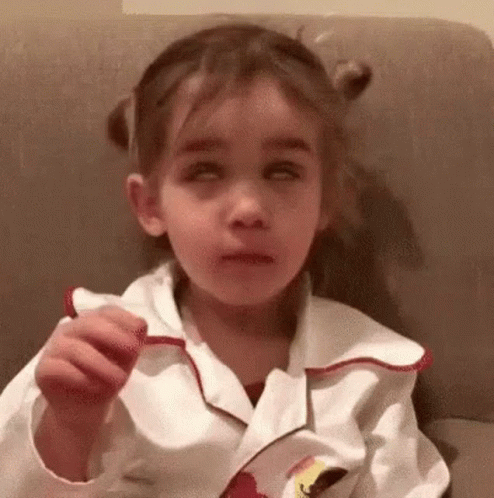
6 Causes Of Watery Eyes In Babies, Treatment And Remedies
The causes range from congenital anomalies to infections that require timely treatment.
Research-backed
MomJunction believes in providing reliable, research-backed information to you. As per our strong editorial policy requirements, we base our health articles on references (citations) taken from authority sites, international journals, and research studies. However, if you find any incongruencies, feel free to write to us.
Image: Shutterstock
There could be instances when you may notice watery eyes in babies without them crying. It is usually a condition seldom to worry about since some infants could have watery eyes without crying.
Several conditions and factors may lead to watery eyes in infants. Most of the causes are harmless and manageable by parents, while some could be due to a medical condition. This post explains why a baby’s eyes are watery and what parents should do in such a case.
What Causes Watery Eyes In Babies?
Watery eyes (medical term: Epiphora) is due to the excess presence of tears in the eyes. The following are the main reasons why a baby could have watery eyes.
1. Common cold
Image: iStock
Babies and children have more colds per year than adults. A common cold is one of the prominent reasons for watery eyes (1). During a common cold, white blood cells fight infection and produce substances that cause inflammation of the nasal mucosa.
They also dilate blood vessels in the area, resulting in nasal congestion and a runny nose. A similar process happens in the tear duct, bringing tears from the eye to the nose. This causes the duct to clog and thus build up tears in the eye.
2. Eye infections
Related: When Do Babies Start Shedding Tears?
One of the first signs of an infected eye is excessive tear secretion. Several eye infections can lead to watery eyes in babies, with one of the most common infections being conjunctivitis.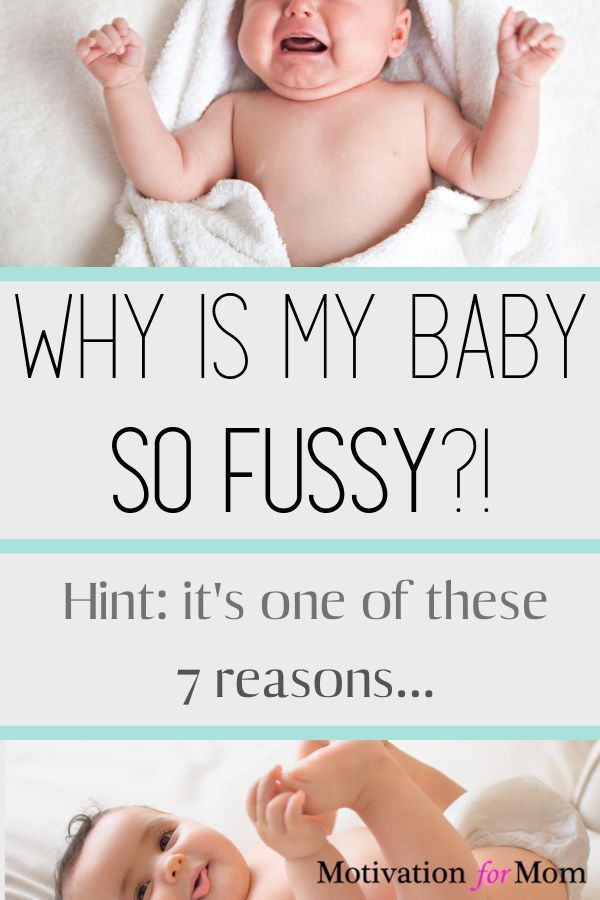 Also called a pink eye, the infection can lead to watery eyes (2). A baby with conjunctivitis will also have other symptoms such as redness and constant irritation of the eyes.
Also called a pink eye, the infection can lead to watery eyes (2). A baby with conjunctivitis will also have other symptoms such as redness and constant irritation of the eyes.
Another infection that can cause watery eyes in babies is a stye, which occurs due to the infection of the oil or sweat gland on the eyelid (3). A stye causes a painful red bump on the eyelids.
3. Allergies
If your baby has an allergy, then they may have watery eyes as one of the symptoms (4). Babies can be allergic to anything from pollen in the air to the fur of your family pet. Watery eyes triggered by allergies are likely to be spotted more easily due to the presence of other symptoms like skin hives and swelling of the face. Some of the common allergies that could cause watery eyes in babies are conjunctivitis and hay fever. In either of the conditions, medical intervention is advised.
Did you know?
Abnormal positioning of eyelids and dry eye syndrome can also cause watery eyes (11).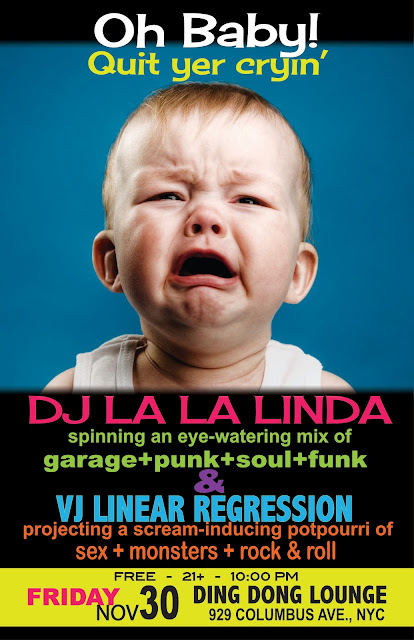
Related: 5 Types Of Skin Allergies In Babies, Treatment & Prevention
4. Blocked tear ducts
Tears are produced by the lacrimal gland located above the eye. Once the tears have moved through the surface of the eye, they enter two tiny holes within the inner corner of the eye. Each hole leads to a duct. The two ducts enter a larger tube, which is the tear duct, also called the nasolacrimal duct. The tear duct is thus responsible for draining excess tears from the eye into the nasal cavity (5).
A blockage in the tear duct can prevent tears from draining into the nasal cavity. Excess tears in the eye can make it watery. According to the American Academy of Ophthalmology, about 20% of newborns have blocked tear ducts at birth. But the condition resolves within the first four to six months of life (6).
Reasons for a blocked tear duct in babies can range from eye infections, craniofacial abnormalities, and even an injury to the face. Tear duct infection, called dacryocystitis, is a collateral condition that can occur due to the blocked tear ducts (7). Dacryocystitis also causes watery eyes.
Dacryocystitis also causes watery eyes.
5. Nasal and upper respiratory infections
Watery eyes, along with a runny nose, are among the symptoms of upper respiratory infections like a common cold (8). Other infections that affect the upper respiratory system, especially the nasal cavity, may also lead to watery eyes in babies.
Related: 5 Effective Ways To Clean Your Baby's Nose
6. Nasal anomalies, injuries, and foreign bodies
Image: Shutterstock
Conditions like nasal polyps and tumors around the tear duct can block them, leading to watery eyes (9). Injuries to the face, especially to the bones around the eyes and nose, can damage the tissue. The eyes may become teary as a result of it. The presence of a foreign body can cause the baby’s eyes to become watery as well.
The baby’s eyes can get watery due to simple reasons such as the presence of an eyelash in the eye. So how does one know when to see a doctor for the baby’s watery eyes?
When Should You Visit A Doctor For Baby’s Watery Eyes?
See a doctor if the following symptoms accompany a watery eye (10):
- Redness and inflammation of the eye tissue
- Drainage of pus or yellow discharge from the eye
- Eyes are chronically sticky
- Swelling of the eyelids
- Swelling of the nose, throat, or a part of the face
- Irritation and fussiness that interferes with eating and sleeping
- Associated systemic symptoms like fever, not feeding well, reduced activity
The doctor will diagnose the underlying cause through an examination of the eye and some tests if required.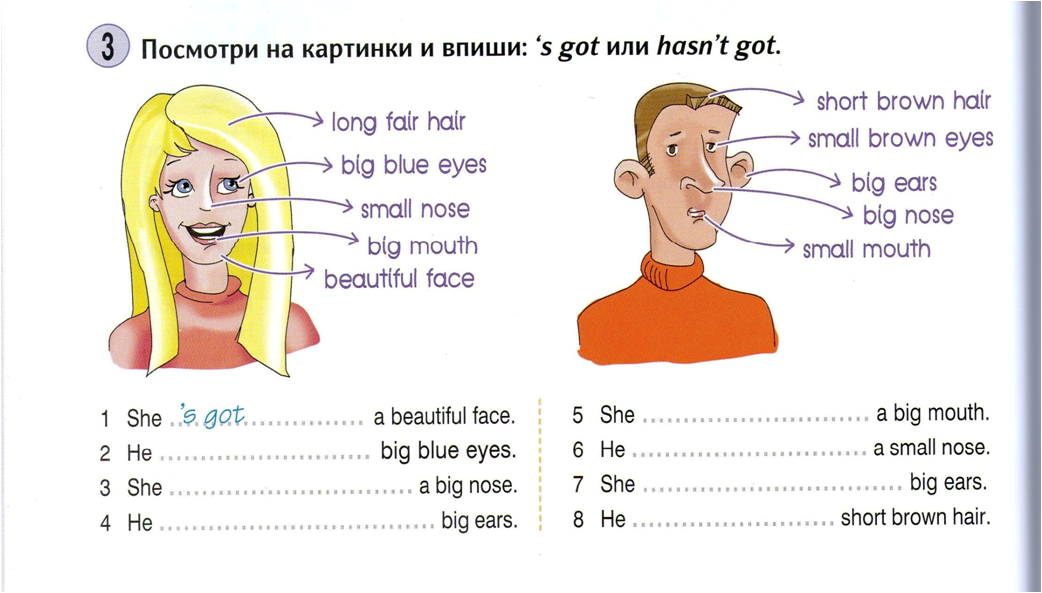
Related: Why Is Sleeping On Back Considered Best For Babies?
Treatment For Watery Eyes In Babies
Image: iStock
The treatment depends on the cause. The following are the common medications used for treating watery eyes in babies (11):
- Antibiotic eye drops against the bacterium that has caused conjunctivitis.
- Eye drops to control tears and restrict the excess tear formation in the eyes.
- Oral medicines can be antibiotics for the respiratory system infections.
- Antihistamines help control allergies by regulating the response of the immune system, thus subduing the symptoms like watery eyes.
- A massage to ease blocked tear ducts can ease out the blockage gently in the case of a congenital blocked tear duct. Parents are shown how to perform the massage correctly.
Treatment of nasal polyps and tumors may be specific to the case and can significantly vary. In the case of a viral cold, you will have to wait for the baby’s immune system to clear the pathogen on its own. The time taken for the recovery can vary as per the cause. In the meantime, you may want to do something about the condition at home. Next, we tell you about the home remedies for watery eyes in the baby.
The time taken for the recovery can vary as per the cause. In the meantime, you may want to do something about the condition at home. Next, we tell you about the home remedies for watery eyes in the baby.
Home Remedies For Watery Eyes In Babies
Image: Shutterstock
The eyes are delicate and should be handled with extreme care. Before you try a remedy to treat an eye-related condition such as teary eyes at home, consult the doctor (12).
Here are a few home remedies you can try to alleviate the baby’s discomfort.
- Avoid exposure to bright light or intense sunlight that may irritate the eyes.
- Provide adequate fluids to the baby when they have a cold.
- Keep the room well humidified using a humidifier. It can help lessen the irritation in the eyes.
- Keep the baby in a dust-free environment to prevent further irritation of the eyes.
- Lastly, use baby-safe, preferably antiseptic, wipes to wipe away any tears or mucus from the face.
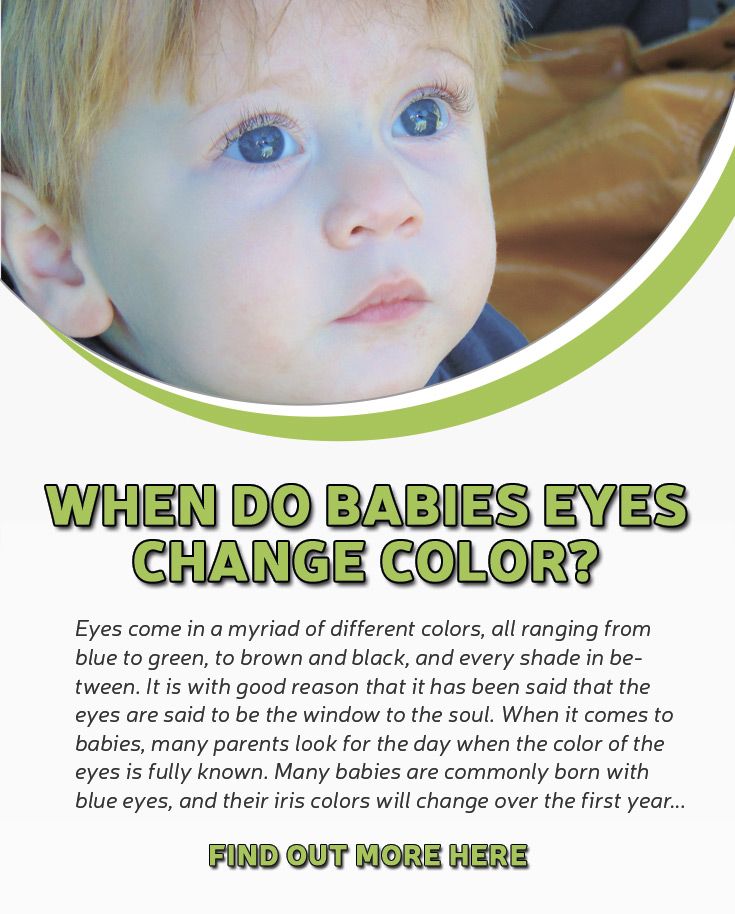 Do not use a wipe on the eyes or eyelids directly.
Do not use a wipe on the eyes or eyelids directly.
You can also minimize the risk of, and in some cases prevent, watery eyes by taking a few preventive measures.
Be watchful
Congenital glaucoma is a rare cause for watery eyes. If you notice enlarged eyes or hazy cornea in your baby, contact your pediatrician promptly (17).
Related: Mucus In Baby's Stool: Causes And What To Do About It
How To Prevent Watery Eyes In Babies?
You can prevent watery eyes by mitigating the causes of the condition:
- Maintain proper hygiene: Keep your baby’s hands and the toys clean. Anyone with a cold or conjunctivitis should avoid coming into contact with the baby. If they have to, ensure that they wash their hands before holding the baby or the belongings. These steps help reduce the chances of the infant catching a pathogen that could lead to conjunctivitis, cold, or any other problem that can lead to watery eyes.
- Stay alert for blocked tear ducts: Babies can be born with blocked tear ducts.
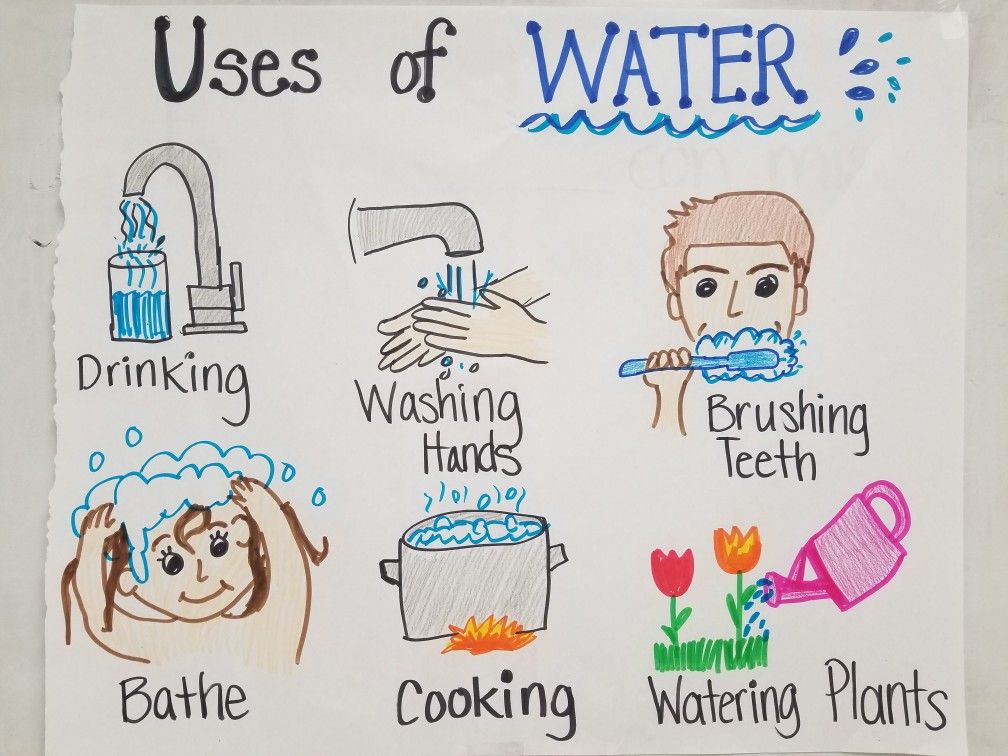 If you see your baby with watery eyes all the time for days or weeks, then it is good to get them checked for clogged tear ducts. Most cases of a blocked tear duct clear within six months (6). But if your baby stays teary-eyed beyond six months of age and for no apparent reason, then it is good to see a doctor.
If you see your baby with watery eyes all the time for days or weeks, then it is good to get them checked for clogged tear ducts. Most cases of a blocked tear duct clear within six months (6). But if your baby stays teary-eyed beyond six months of age and for no apparent reason, then it is good to see a doctor.
- Manage allergies: If you know your baby has allergies, then avoid food and conditions that trigger the allergic reaction. You can keep the antihistamine medications, as well as the epinephrine shot, handy.
Keeping your baby safe from injuries is also a way to avoid watery eyes.
1. Does ear infection cause watery eyes in babies?
Yes, your baby may experience teary or watery eyes as a sign of an upper respiratory infection causing a middle ear infection (13).
2. Does breast milk help with eye infections?
Yes. Several studies have shown that breast milk can be used as an eye drop in babies as a home remedy to treat various eye conditions, including dry eye, conjunctivitis, and eye discharge (14) (15) (16).
Watery eyes in babies is a common condition that generally does not indicate any serious problem. Babies may have watery eyes due to cold and cough, allergies, blocked tear ducts, etc. Although these problems may cause discomfort, they resolve on their own. However, if you notice inflammation in your baby’s eyes, swelling of the eyelids, and pus drainage, contact your doctor since these symptoms may indicate underlying problems. Doctors may treat watery eyes with antibiotic eye drops and antihistamines or by massaging blocked tear ducts. At home, you may give your baby adequate fluids to recover from colds, avoid bright lights, and use a humidifier to reduce the discomfort.
References:
MomJunction's articles are written after analyzing the research works of expert authors and institutions. Our references consist of resources established by authorities in their respective fields. You can learn more about the authenticity of the information we present in our editorial policy.
1. Common cold; Johns Hopkins Medicine
2. Conjunctivitis symptoms; Centers for Disease Control and Prevention
3. Sties; Healthy Children; American Academy of Pediatrics
4. Allergies; Healthy Children; American Academy of Pediatrics
5. Blocked Tear Ducts; C.S. Mott Children’s Hospital
6. What Is a Blocked Tear Duct?; American Academy of
7.OphthalmologyRoger S. et al.; Dacryocystitis; National Center for Biotechnology Information (2019)
8. Common Cold and Runny Nose; Centers for Disease Control and Prevention
9. Nasal Polyps; Cedars Sinai
10. Could Your Watery Eyes Be a Sign of a Blocked Tear Duct?; Massachusetts Eye And Ear
11. Watery Eyes: Care and Treatment; Cleveland Clinic
12. Home Remedies For Watery Eyes; Health Research Funding
13. Swimmer’s ear vs ear infection: Four ways to spot the difference; Allina Health
14. Karolina Karcz et al.; Non-Nutritional Use of Human Milk Part 1: A Survey of the Use of Breast Milk as a Therapy for Mucosal Infections of Various Types in Poland; NCBI
Karolina Karcz et al.; Non-Nutritional Use of Human Milk Part 1: A Survey of the Use of Breast Milk as a Therapy for Mucosal Infections of Various Types in Poland; NCBI
15. Tetsu Sugimura et al.; Efficacy and safety of breast milk eye drops in infants with eye discharge; NCBI
16. Justin T L Baynham et al.; Antibacterial effect of human milk for common causes of paediatric conjunctivitis; BMJ
17. Four eye health warnings in new born babies; Look After Your Eyes
The following two tabs change content below.
- Reviewer
- Author
Rohit Garoo did MBA from Osmania University and holds a certificate in Developmental Psychology from The University of Queensland. The zoologist-botanist turned writer-editor has over 8 years of experience in content writing, content marketing, and copywriting. He has also done an MBA in marketing and human resources and worked in the domains of market research and e-commerce. Rohit writes topics...
Rohit writes topics...
View Profile ›
Dr. Shashidhar is a qualified pediatrician and neonatologist currently practicing at St John's Medical College and Tiny Tots Clinic in Koramangala, Bangalore. He is a part of an accomplished team taking care of preterm and sick newborns until discharge and follow up. He is a teacher at various levels from undergraduate to post-doctoral medical students. Keenly interested in different aspects...
View Profile ›
6 Benefits Of Breast Milk Bath For Babies And How To Do It
6 Benefits Of Breast Milk Bath For Babies And How To Do It
How To Teach A Baby To Chew And Swallow Their Food?
How To Teach A Baby To Chew And Swallow Their Food?
Can You Get Pregnant After Hysterectomy?
Can You Get Pregnant After Hysterectomy?
Pneumonia In Babies: Symptoms, Diagnosis, Risks & Treatment
Pneumonia In Babies: Symptoms, Diagnosis, Risks & Treatment
4 Wonderful Effects Of Listening To Music During Pregnancy
4 Wonderful Effects Of Listening To Music During Pregnancy
Marfan Syndrome In Babies: Symptoms, Risks, And Treatment
Marfan Syndrome In Babies: Symptoms, Risks, And Treatment
How To Bring Down A Fever In Babies?
How To Bring Down A Fever In Babies?
Lumbar Puncture (Spinal Tap) In Babies: Why It Is Done And Possible Side Effects
Lumbar Puncture (Spinal Tap) In Babies: Why It Is Done And Possible Side Effects
How To Treat Bedbug Bites In Babies?
How To Treat Bedbug Bites In Babies?
Lachrymation in children: causes, diagnosis, treatment
Children's clinic JSC "Medicina"
(clinic of Academician Roitberg)
Sign up for doctor
What should I do if my child's eyes start to water heavily? How dangerous can it be? Should I pay attention to this or is it a temporary phenomenon that will pass by itself? The answer is unequivocal: parents need to pay attention to this and find out the cause of lacrimation. Often, tearing from one eye in a child is a sign of the development of an infectious disease, a cold, or a manifestation of an allergic reaction. Moreover, such a manifestation may be the result of an injury, and it is important to prevent deterioration of vision. But in order to take effective measures to eliminate the problem, you must absolutely know the cause. Therefore, in most cases, an appeal to a specialist is required, and sometimes not to one.
Often, tearing from one eye in a child is a sign of the development of an infectious disease, a cold, or a manifestation of an allergic reaction. Moreover, such a manifestation may be the result of an injury, and it is important to prevent deterioration of vision. But in order to take effective measures to eliminate the problem, you must absolutely know the cause. Therefore, in most cases, an appeal to a specialist is required, and sometimes not to one.
Causes of watery eyes in children
Specialists identify several main causes of watery eyes in a child. At the same time, the symptoms and the nature of the course in them differ significantly. Therefore, we propose to consider each group of reasons in detail.
Conjunctivitis is a fairly common infectious disease that often occurs in children. Inflammation develops as a result of infection in the body. And she can get there in various ways, even with a speck of dust in her eye. The inflammatory process is accompanied by profuse lacrimation and redness of the white of the eye. Also, concomitant symptoms with various types of conjunctivitis can be swelling and swelling of the eyelids, unpleasant painful sensations. As with any other problem, it is best to start treatment as soon as possible, then it will be most effective and least long-lasting.
Also, concomitant symptoms with various types of conjunctivitis can be swelling and swelling of the eyelids, unpleasant painful sensations. As with any other problem, it is best to start treatment as soon as possible, then it will be most effective and least long-lasting.
The main types of conjunctivitis:
- adenovirus - accompanies various viral diseases (for example, SARS, influenza, etc.). As a result, the child has a strong irritation of the cornea of the eye, lacrimation and redness of the proteins;
- bacterial - caused by the penetration of bacteria into the eye. The risk of infection is present when debris accidentally enters the eye or rubbing the eyes with contaminated hands. As a result of the introduction of pathogens, an inflammatory process begins, which is accompanied by profuse lacrimation and painful sensations, with an advanced degree, copious discharge of pus is possible;
- allergic - caused by contact with the corresponding allergen irritant.
 Symptoms appear immediately after contact and, as a rule, are pronounced.
Symptoms appear immediately after contact and, as a rule, are pronounced.
Barley. It looks like a seal with localization on the eyelid. Seal tends to rapidly increase in size. At the same time, an inflammatory process occurs inside the seal and a barley sac is formed, in which pus accumulates. As the stye sac grows, so does the discomfort it creates for the eye. Irritation is accompanied by a strong release of lacrimal fluid. The cause of barley may be the hypothermia of the child or the ingress of debris and dust into the eye.
Dacryocystitis of the newborn. Can be diagnosed in infants in the first weeks of life. The fact is that immediately after birth, the nasolacrimal canal, through which, in fact, the lacrimal fluid passes, may not yet be open, that is, there is a congenital obstruction. As a result, the baby's tear fluid is removed from the eyes, and it looks like profuse lacrimation. The channel will gradually open, and with its opening, the tearing from the eyes of the child will also stop.
Foreign body entry. It is no secret that the eye is a very vulnerable organ. The ingress of foreign objects into it is of a percussive nature and can injure the protein. Even if the blow was not strong, it causes a defensive reaction - an abundant release of lacrimal fluid. It actively wets the injured area and thus helps to remove the foreign body from the eye.
Exposure to a computer or other modern gadgets. Prolonged use of computers and smartphones without rest for the eyes leads to drying out of the cornea, as the number of blinks decreases. Due to drying, the cornea is irritated, which causes active lacrimation in children. And this once again demonstrates that the use of computer technology by a child and adults should be correct.
Diagnosis of lacrimation in children
Since the causes of lacrimation in children vary greatly, it is very important to accurately diagnose them. It is necessary for choosing a method of treatment.
Let's outline the main diagnostic methods that parents can perform in order to decide which doctor to contact.
- Visual examination of a child's eyes to determine if watering is due to injury or contamination. In the event of an injury, the help of an ophthalmologist and traumatologist may be required.
- Body temperature measurement and throat examination for redness. Fever and the presence of redness are signs of SARS or influenza. In this case, a consultation with a therapist is necessary.
- The formation of pus and severe redness of the eyelids may indicate a viral eye infection. In this case, you need to contact an ophthalmologist.
If parents find it difficult to determine the cause of lacrimation, then a visit to the general practitioner is recommended, who will redirect to a specialist.
When to see a doctor
Seeing a doctor for watery eyes in children is not always necessary. If the reason was a long stay at the computer, then rest from this type of activity will solve the problem. The eyes will stop straining, there will be normal hydration of the cornea and tearing will stop.
Things are different when the causes of lacrimation are different and certain symptoms are present.
- The child has watery eyes and a severe runny nose - these symptoms are typical for both allergic reactions and colds and viral diseases. It is noteworthy that the redness of the proteins is also characteristic in both cases. Allergic reactions are characterized by pronounced swelling and swelling not only of the eyelids, but also of the bridge of the nose. But this cannot be a decisive factor for independent determination of the cause of lacrimation in a child by parents. Therefore, you need to contact a specialist. If the child had no previous allergic reactions, then the likelihood of an infectious disease is high. But a specialist can accurately diagnose the cause using additional research methods.
- The child has watery eyes and an elevated body temperature - this combination of symptoms often indicates a viral infection (ARI, tonsillitis, influenza, etc.
 ). At elevated temperatures, redness of the proteins is always noted, the eyes are irritated, and lacrimation increases. This is a normal protective reaction during the course of infectious diseases.
). At elevated temperatures, redness of the proteins is always noted, the eyes are irritated, and lacrimation increases. This is a normal protective reaction during the course of infectious diseases.
So, we conclude that if lacrimation is combined with other symptoms, it is necessary to consult an appropriate doctor. With lacrimation, runny nose and fever, the help of a pediatric therapist may be required, as these are symptoms of colds and viral diseases. If the lacrimation and runny nose are allergic in nature, a consultation with a pediatric allergist is required. With a combination of lacrimation with swelling and the appearance of pus, it is necessary to contact a pediatric ophthalmologist to prevent the spread of infection in the eye.
Treatment
The choice of treatment depends on the identified cause. For each case - whether it is an infectious disease, an allergic reaction or a cold, there is a different treatment protocol.
The specialist also takes into account the individual characteristics of the child, the presence of concomitant or chronic diseases, the general condition of the patient.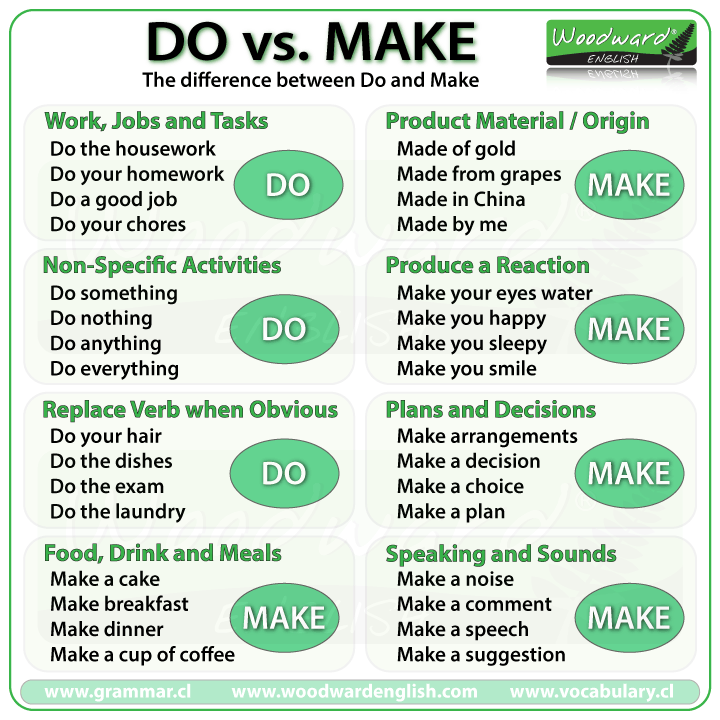 With a simple ingress of dust and debris, it may be sufficient to simply wash the eyes with a decoction of chamomile or sage to relieve irritation.
With a simple ingress of dust and debris, it may be sufficient to simply wash the eyes with a decoction of chamomile or sage to relieve irritation.
For a cold that is accompanied by conjunctivitis and watery eyes, the focus is on treating the cold itself and treating the eyes to relieve irritation and symptoms. Treatment of infectious diseases may require the use of antibiotics.
In case of an allergic nature of the problem, first of all it is necessary to eliminate contact with the allergen, and in the future try to exclude the possibility of such contacts.
Prevention of lacrimation in children
Experts recommend the following as preventive measures.
- Regular outdoor walks. Staying in the fresh air contributes to the saturation of the eyes with oxygen, which in turn strengthens it and contributes to the proper development of this organ.
- Taking special vitamin complexes aimed at improving vision. Proper nutrition is also an important point - the diet should include the nutrients necessary for the eyes.

- Eye exercises recommended. It should be done daily. A set of special exercises helps to strengthen the muscles of the eyes, relieve tension and ultimately maintain healthy vision.
- Children must adhere to the mode of work at the computer and other types of gadgets. Every hour should take breaks of 10-15 minutes.
How to make an appointment with a specialist
To determine the causes of watery eyes in a child, you need to make an appointment with a doctor.
You can make an appointment by phone +7 (495) 775-73-60 (round the clock), as well as on the website using the online form. Clinic address: Moscow, 2nd Tverskoy-Yamskoy per., 10 (metro stations Mayakovskaya, Tverskaya, Belorusskaya, Novoslobodskaya).
Make an appointment
Leave your phone number and we will help you.
12:3013:0013:3014:0014:3015:0015:3016:00
I consent to the processing of the personal data specified by me for the purpose of processing applications (appointments) on the terms of processing personal data in accordance with "Personal data processing policy in JSC "Medicina".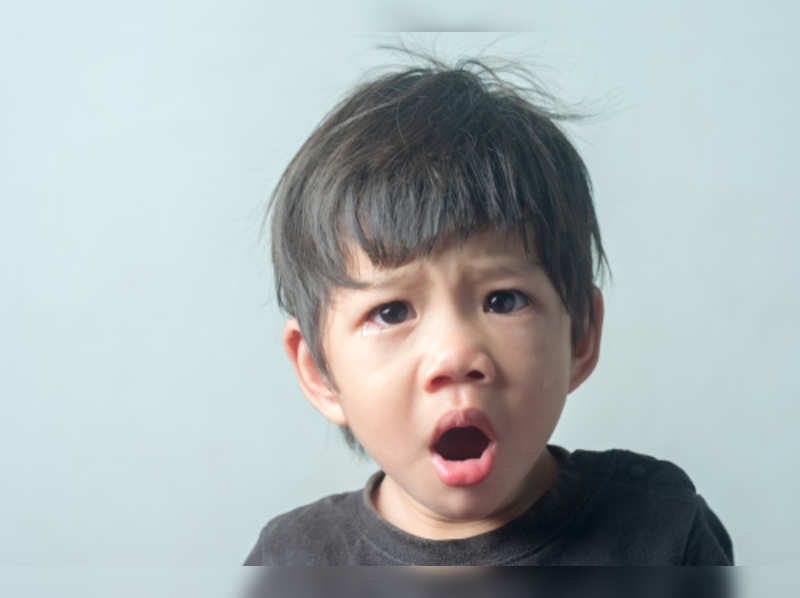
Licenses and certificates
Lachrymation in children
We treat children according to the principles of evidence-based medicine: we choose only those diagnostic and treatment methods that have proven their effectiveness. We will never prescribe unnecessary examinations and medicines!
Make an appointment via WhatsApp
Prices Doctors
The first children's clinic of evidence-based medicine in Moscow
No unnecessary examinations and medicines! We will prescribe only what has proven effective and will help your child.
Treatment according to world standards
We treat children with the same quality as in the best medical centers in the world.
The best team of doctors in Fantasy!
Pediatricians and subspecialists Fantasy - highly experienced doctors, members of professional societies. Doctors constantly improve their qualifications, undergo internships abroad.